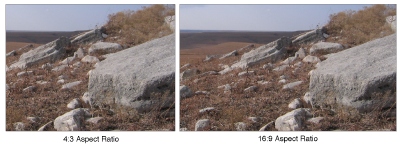 What are web visitors using for a monitor when visiting a web site? How should a page be designed given those parameters?
What are web visitors using for a monitor when visiting a web site? How should a page be designed given those parameters?
I recently reviewed these questions on one of my most heavily trafficked sites using Google Analytics.
We’ve seen a growing trend towards what are called “widescreen” monitors. For future reference, I’ll refer to them as “16:9 aspect ratio” monitors. Up to this point in time, all monitors were “4:3 aspect ratio” monitors. The aspect ratio can best be described as a display that is “x” units wide by “y” units tall.
On the site where I gathered data, the results were revealing. In a sampling of 3,000 visitors … 52% were using monitors with a 4:3 aspect ratio, 37% were viewing at a 16:9 ratio, and the rest were viewing at other ratios commonly found on netbooks and cell phones. The most frequently used screen resolution (34%) was 1024 x 768 pixels, followed by 1280 x 800 (14%).
For the designer, it is imperative to create pages that will fit in the widest range of monitors without the need for side-to-side scrolling, which most visitors find quite annoying and can leave a negative impression of the site. The designer should also consider that the visitor may be using sidebars or tabs on their browser, further reducing horizontal window space.
Someday … it will be a widescreen world. For now, consider the numbers and design accordingly!
